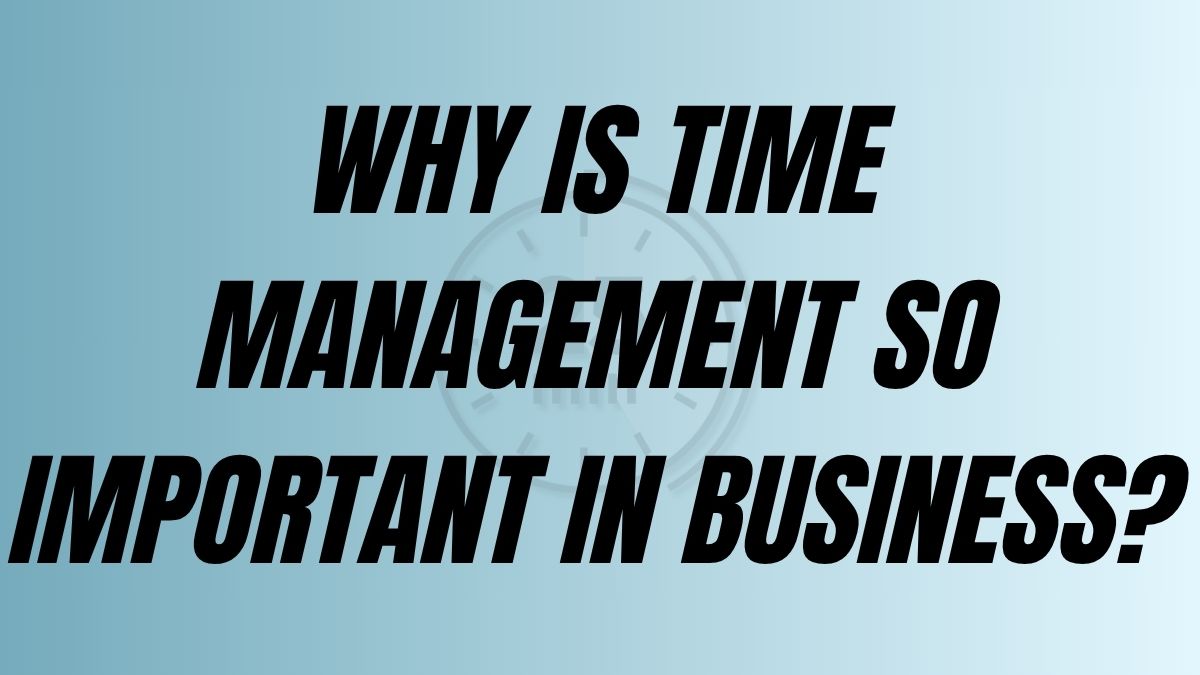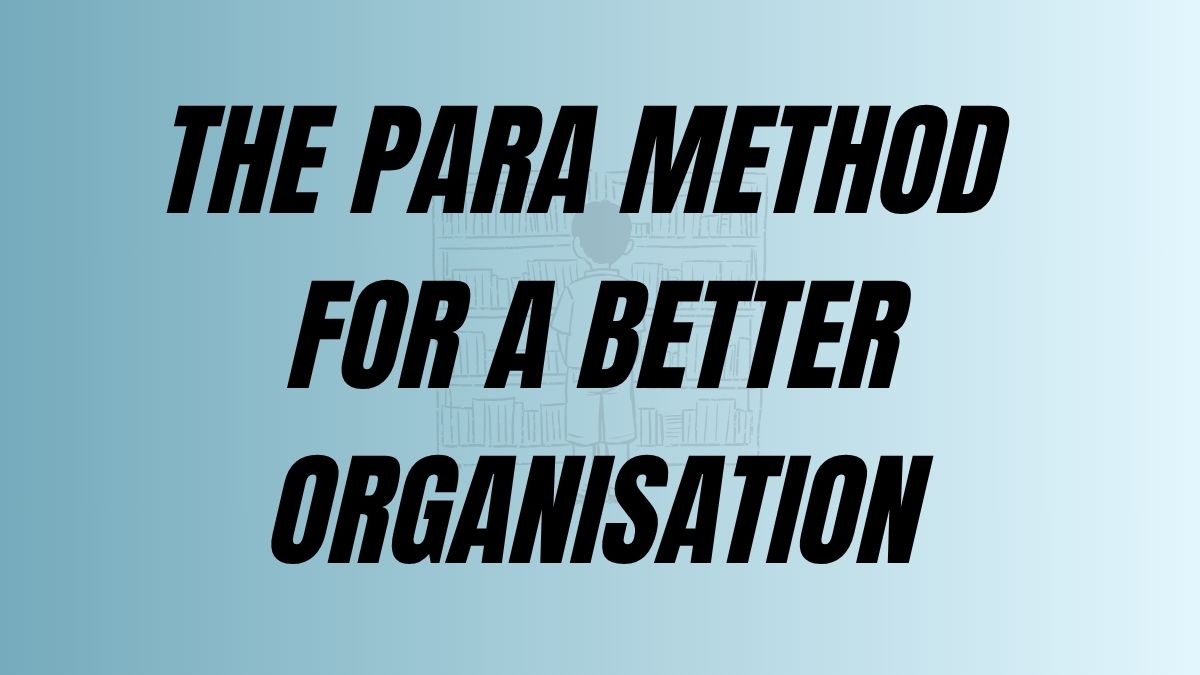Introduction To Team Collaboration
Team collaboration is often talked about but rarely mastered. It’s easy to assume that working together simply means sharing tasks or attending meetings. But ask yourself this: Is your team truly collaborating, or are they just coexisting?
True collaboration is what sets high-performing teams apart. It’s not just about getting things done—it’s about creating an environment where ideas flow freely, everyone’s strengths are utilized, and the whole becomes greater than the sum of its parts. In this article, we’ll explore how to foster meaningful collaboration that drives results, sparks creativity, and strengthens team dynamics.
Why Develop A Strong Team Collaboration
Strong team collaboration offers numerous benefits.
Skyrocketing Productivity
When team members work together seamlessly, they can leverage each other’s strengths, divide tasks efficiently, and accelerate project timelines.
Leveraging Strengths
By working together, team members can identify and utilize each other’s unique skills and talents. This means that tasks are assigned to the individuals best suited to complete them, leading to faster and higher-quality results.
For example, if one team member excels at design and another at writing, they can collaborate on a project, each contributing their area of expertise.
Efficient Task Division
Collaboration facilitates a clear and efficient division of labor. When team members work together to break down a project into smaller, manageable tasks, they can distribute the workload evenly and avoid duplication of effort. This optimised workflow ensures that everyone is working on the most appropriate tasks for their skillset, maximising productivity.
Accelerated Project Timelines
By working together seamlessly, teams can complete projects more quickly. Collaboration allows for parallel work, where multiple team members can work on different aspects of a project simultaneously. Additionally, regular communication and feedback within a collaborative environment help to identify and resolve roadblocks promptly, preventing delays and keeping the project on track.
A hotbed for Creativity and Innovation
Collaborative environments foster open communication and diverse perspectives, leading to more creative solutions and innovative ideas.
Open Communication
Collaborative environments encourage open and honest communication among team members. This means that everyone feels comfortable sharing their ideas, thoughts, and concerns without fear of judgment or criticism. Open communication allows for the free flow of information, enabling team members to build upon each other’s ideas and explore different perspectives.
Diverse Perspectives
Teams with diverse backgrounds, experiences, and skill sets bring a wide range of perspectives to the table. This diversity of thought challenges assumptions, encourages critical thinking, and leads to more comprehensive and innovative solutions. When team members with different viewpoints collaborate, they can identify blind spots, consider alternative approaches, and develop more robust and creative solutions.
Cross-Pollination of Ideas
No need to be a seasoned gardener to love this word. Collaboration facilitates the cross-pollination of ideas. When team members share their knowledge and expertise, they can inspire and motivate each other, leading to the emergence of novel and innovative concepts. The collective intelligence of a team can often surpass the individual brilliance of its members.
Reduced Groupthink
Collaborative environments can help to mitigate the risk of groupthink. When diverse perspectives are valued and encouraged, team members are less likely to conform to a single viewpoint. This fosters critical thinking and encourages individuals to challenge assumptions and explore alternative solutions.
Building a Collaborative Culture
When team members feel valued and respected, they are more likely to be engaged and motivated, leading to increased job satisfaction and reduced turnover.
Sense of Belonging
When team members collaborate effectively, they develop a strong sense of belonging and camaraderie. They feel connected to their colleagues and valued as part of a larger team. This sense of belonging fosters a positive and supportive work environment, boosting employee morale.
Increased Motivation
When individuals feel valued and respected, they are more likely to be motivated to contribute their best work. Collaboration provides opportunities for team members to recognise and appreciate each other’s contributions. This recognition boosts self-esteem and motivates individuals to continue striving for excellence.
Enhanced Engagement
Engaged employees are more productive, creative, and committed to their work. Collaborative environments foster employee engagement by providing opportunities for meaningful work, continuous learning, and professional growth. When team members actively participate in decision-making processes and have a voice in shaping their work, they feel more invested in their roles and the success of the team.
Reduced Turnover
High employee turnover can be costly for organizations. When employees feel valued, respected, and engaged, they are less likely to seek employment elsewhere. A collaborative and supportive work environment fosters employee loyalty and reduces turnover, helping organizations retain their top talent.
Improved Job Satisfaction
When team members work together effectively, they experience a greater sense of accomplishment and satisfaction. Collaborative efforts lead to successful project outcomes, which in turn boost individual and team morale. This sense of accomplishment contributes to increased job satisfaction and a more positive overall work experience.
In conclusion, fostering a collaborative environment is crucial for improving employee morale and engagement. By valuing and respecting team members, providing opportunities for meaningful work, and creating a supportive and inclusive atmosphere, organizations can cultivate a highly engaged and motivated workforce that drives success.
Better Decision-Making
Collaborative decision-making processes ensure that all perspectives are considered, leading to more informed and effective choices.
Diverse Perspectives
When multiple individuals contribute to a decision, a wider range of perspectives, experiences, and knowledge are brought to the table. This diversity of thought helps to identify potential blind spots, uncover hidden opportunities, and consider a broader spectrum of options.
Reduced Bias
Group decision-making can help to mitigate individual biases and blind spots. By openly discussing different viewpoints, team members can challenge assumptions, identify potential biases, and arrive at more objective and unbiased conclusions.
Increased Buy-in and Ownership
When team members are actively involved in the decision-making process, they are more likely to feel ownership over the final decision. This increased buy-in fosters greater commitment and motivation to implement the chosen course of action.
Improved Communication and Teamwork
Collaborative decision-making processes foster open communication, active listening, and respectful dialogue among team members. This strengthens team relationships, builds trust, and improves overall team cohesion.
Enhanced Problem-Solving
By working together to analyze problems and explore potential solutions, teams can identify root causes more effectively and develop more creative and innovative solutions. Collaborative problem-solving also allows teams to leverage their collective intelligence to overcome challenges and achieve better outcomes.
In summary, collaborative decision-making empowers teams to make more informed, effective, and sustainable choices. By embracing diverse perspectives, reducing biases, and fostering a culture of shared ownership, teams can enhance their decision-making capabilities and achieve greater success.
The Payoff: Stronger Client Relationships
When teams collaborate effectively, they can better understand client needs and deliver exceptional service, fostering stronger client relationships.
Enhanced Client Understanding
When teams collaborate effectively, they share knowledge and insights about clients across departments. This cross-functional collaboration ensures a comprehensive understanding of client needs, preferences, and pain points.
Improved Communication and Coordination
Effective team collaboration facilitates seamless communication and coordination within the organization, ensuring that all client interactions are consistent and aligned.
This minimizes confusion and miscommunication, leading to a more positive and seamless client experience.
Exceptional Service Delivery
When teams collaborate effectively, they can deliver exceptional service by leveraging their collective expertise and resources.
For example, a sales team can collaborate with customer support to ensure a smooth transition for new clients, while marketing can collaborate with product development to ensure that client feedback is incorporated into product improvements.
Increased Client Satisfaction
By delivering exceptional service and exceeding client expectations, teams can foster high levels of client satisfaction.
Satisfied clients are more likely to become repeat customers, refer new business, and become loyal advocates for the organization.
Stronger Client Relationships
Effective team collaboration contributes to the development of strong and lasting client relationships.
By consistently demonstrating a commitment to client satisfaction and building trust through collaborative efforts, organizations can cultivate long-term partnerships with their clients.
In conclusion, effective team collaboration is crucial for building and maintaining strong client relationships. By fostering a collaborative environment, organizations can ensure that client needs are understood, service delivery is exceptional, and client satisfaction is consistently high. This ultimately leads to stronger client relationships, increased customer loyalty, and long-term business success.
How to Build a Strong Foundation for Team Collaboration
Setting the Right Contributing Elements
Several key elements contribute to a strong foundation for team collaboration:
Clear Communication Channels
- Establish open and consistent communication channels, such as regular team meetings, project management tools, and instant messaging platforms.
- Encourage active listening and respectful dialogue among team members.
Shared Goals and Objectives
- Clearly define team goals and objectives, ensuring that all members understand their roles and responsibilities within the team.
- Regularly review and adjust goals as needed to ensure alignment with overall business objectives.
Trust and Respect
- Foster an environment of trust and respect among team members.
- Encourage open and honest feedback, and celebrate individual and team successes.
Shared Values and Culture
- Cultivate a shared set of values and a positive team culture that emphasizes collaboration, support, and mutual respect.

Fostering a Culture of Team Collaboration
Creating a truly collaborative culture requires ongoing effort and commitment:
Lead by Example
- Leaders must model collaborative behavior and actively participate in team activities.
Empower Team Members
- Encourage autonomy and decision-making within the team.
- Provide team members with the resources and support they need to succeed.
Recognize and Reward Collaboration
- Acknowledge and reward team members who demonstrate exceptional collaborative skills and contributions.
Regularly Evaluate and Improve
- Continuously evaluate team collaboration efforts and identify areas for improvement.
- Conduct regular team retrospectives to gather feedback and address any challenges.
4 Categories of Team Collaboration Tools and Technologies
In today’s digital age, a variety of tools and technologies can facilitate effective team collaboration:
- Project Management Software
Tools like Monday, Notion, Asana, Trello, and Jira help teams plan, track, and manage projects efficiently. - Communication Platforms
Platforms like Slack, Microsoft Teams, and Google Workspace provide real-time communication channels for team members. - Video Conferencing Tools
Tools like Zoom, Google Meet, and Microsoft Teams enable face-to-face communication and collaboration across geographical boundaries. - Cloud Storage and File Sharing
Services like Google Drive, Dropbox, and OneDrive facilitate easy sharing and access to documents and files.
Conclusion: Make Collaboration Your Competitive Edge
Effective team collaboration is not just a nice-to-have; it is essential for success in today’s competitive business environment. By implementing the strategies and best practices outlined in this article, you can cultivate a high-performing team that achieves remarkable results. Remember, building a strong foundation for collaboration, utilizing the right tools and technologies, and fostering a culture of collaboration are key to unlocking the full potential of your team.
FAQs About Team Collaboration
What are the key benefits of effective team collaboration?
Increased productivity, creativity, employee morale, better decisions, and stronger client relationships.
How can I improve communication and collaboration within my team?
Establish clear channels, foster open dialogue, and utilize collaborative tools.
What role do technology and tools play in effective team collaboration?
Tools like project management software, communication platforms, and video conferencing facilitate efficient collaboration.
How can I create a more collaborative team culture?
Lead by example, empower team members, recognize contributions, and continuously evaluate and improve.
To find out more about Productivity



> Discover the other blog pages
💪 Overcoming B2B SaaS Challenges: Customer, GTM & Marketing
📈 How Mastering SEO Can Lead To Sustainable Growth In B2B SaaS
☘️ How To Find The Overlap Between Sustainability And Marketing

